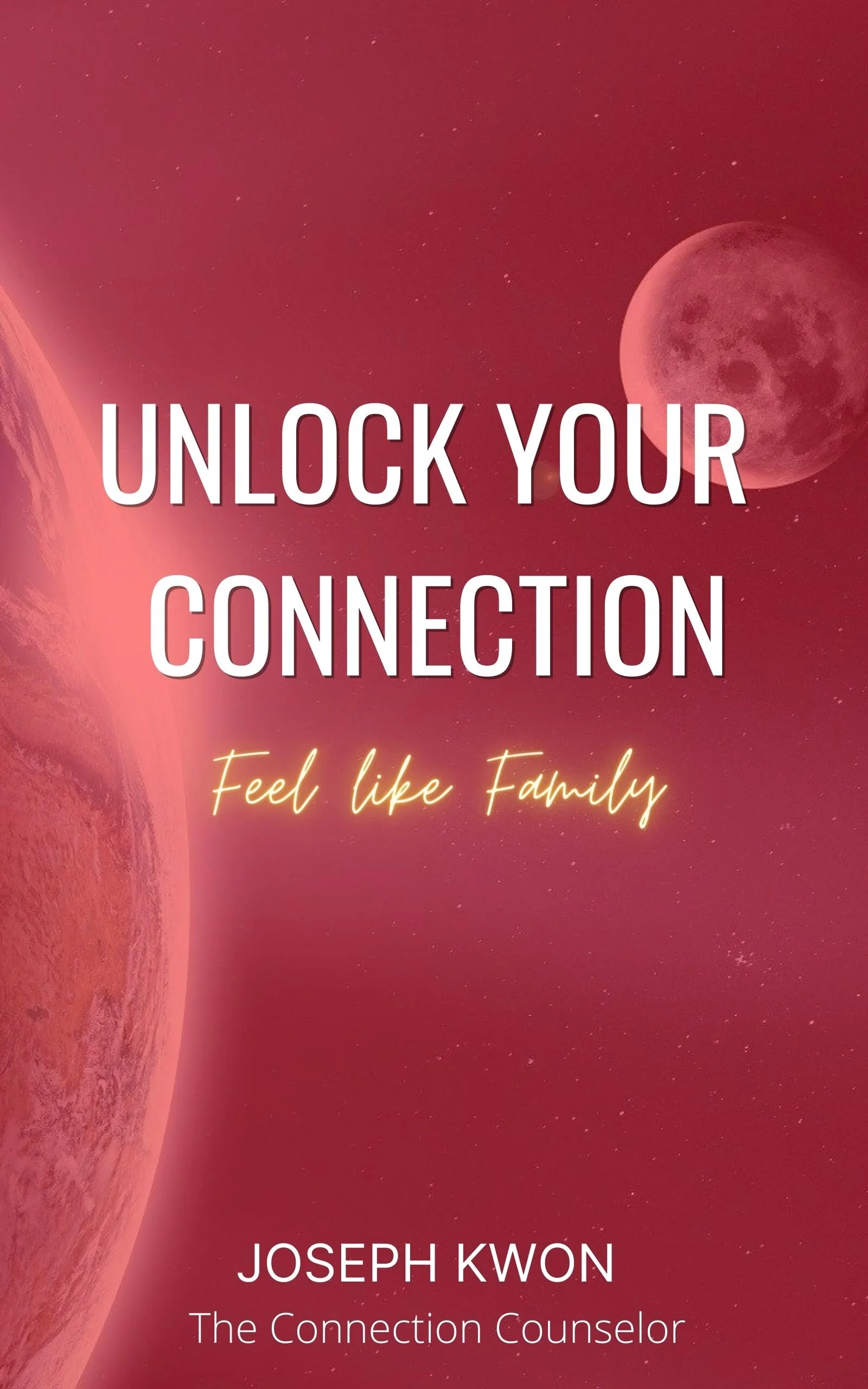Picture this. You are leading a project and things are off to a great start. This is large part due to your leadership. At the start of the project, you gathered perspectives, did the research, and came up with a stategy that everyone agreed with. All your prep work and fine-tuning was worth it and when the project officially started, the team launched off the starting line like a rocket ship.
Just as you are about to reach the finish line, you get a nagging feeling in the back of your head. You check your project plan and notice that due to a miscalculation or error, the approach you are using - you know, the one you came up with and everyone agreed with - is in fact not going to work without some major changes. What should you do and how will you break the news to the team, who has been running 200 mphs for weeks based on your brilliant strategy.
In Unlock Your Executive Presence: Feel Like a Star I share the Six Degrees of Executive Presence. One of them is the state of being of being Resolute, defined as “marked by firm determination.”
In other words, you don’t change directions at the slightest sign of discontent or pressure. People know that your decisions have weight and they can trust you not to be fickle with decisions that impact their lives. However, this doesn’t mean you are stubborn and when there is a good reason to change and you do, this is also part of having Executive Presence.
However, none of this changes the uprising you fear will occur when you tell your team that things will need to change in order for the project to succeed. Through no fault of their own, they will have transition from the orderly path they have been on to a new, less familiar path. This change will potentially hurt morale, negatively impact productivity, and besides the ding on your reputation, threatens to derail the project. That said, not changing things is definitely not going to work either so you will have to break the news to the team one way or another. Let’s take a look at a few approaches that will improve your chances of success and decrease the likelihood of a team mutiny.
THE FIVE PRINCIPLES OF FLOW
Earlier, we discussed how sometimes we may need to do a little extra heavy lifting to get things going in the right direction. Let’s take a look at what the 5 Principles of Flow can teach us about changing directions smoothly and effectively.
Principle #4: The bigger the turn you want to take, the bigger the change you need to make.
Imagine you are in your favorite car zooming down the highway. If you want to veer slightly to the left or right, this is easy. All you need to do is slightly turn the steering wheel. Now what if you want to making a bigger turn? What if you suddenly decided to make a perpendicular turn or a full 180-degree turn?
To make bigger turns without losing control and crashing, you need to make bigger changes. Let’s look at two turning techniques.
Technique #1. Turn by incremental degrees to turn while maintaining most of your speed.
Think about how a highway curves to the left or right. The change in direction is gradual so you can continue to keep pretty much the same speed while turning.
In the same way, after you are connected to a person and heading one direction, if you want to change the direction both of you are heading as smoothly as possible, this is better done in degrees. This will take longer, but has the added benefit of causing less strain and allowing you both to continue moving at full speed. It’s like when you run at full speed while making a wide, sweeping turn until you are heading in the opposite direction.
“But Joe, what if I have neither the time nor the patience to accommodate such incremental change?”
Great question. That leads us into our second turning technique.
Technique #2: Turn by slowing to a complete stop, turning, then heading in the new direction to turn in the shortest time and distance possible.
Think about the impossibility of a car traveling at highway speeds being able to suddenly and instantaneously reverse directions. I don’t think this is even possible due to modern safety features, but if it were possible to throw the car recklessly into reverse, I imagine something horrible would happen. Again, don’t try this at home . . . or on the road.
What works better is a technique that anyone who has taken a driving test has had to learn. Commonly called a K-turn or 3-point turn, this maneuver allows you to change directions by slowing the car to a complete stop, then executing a series of back and forth turns until the car is facing the opposite direction from which it started.
In the same way, after you are connected to a person and need to change directions quickly, you will both have to stop moving in the direction you were, coordinate a series of back and forth turns, before starting to head in the opposite direction. This requires you to halt the momentum you had, but has the added benefit of taking less time to execute. It is like running at full speed, slowing to a complete stop, pivoting to face the opposite direction, then accelerating again to full speed.
Both techniques work equally well and one is not better other than the other. Which one you choose will depend on how much time you have, the difficulty of the change, the people who are being asked to change, and your own personal intuitions. By remembering to use one of these techniques, you maximize the ability to keep the flow of the project and the team as high as possible and reach a successful result for everyone involved.
I hope the first four of the Five Principles of Flow, starting here have been helpful. For the last one, Principle #5 we will look at what you can do to make it easier for people to follow your lead.
This article was adapted from the new leadership book, Unlock Your Connection. Find it here, along with other books from the Unlock Your Leadership series.
Joe Kwon, the Connection Counselor is a leadership coach and keynote speaker who helps elevate careers by unlocking the ability to better connect with yourself and others. Contact him if you'd like his help.
To find out more and to access free leadership videos, podcasts, and guides, go to www.connectioncounselor.com.







